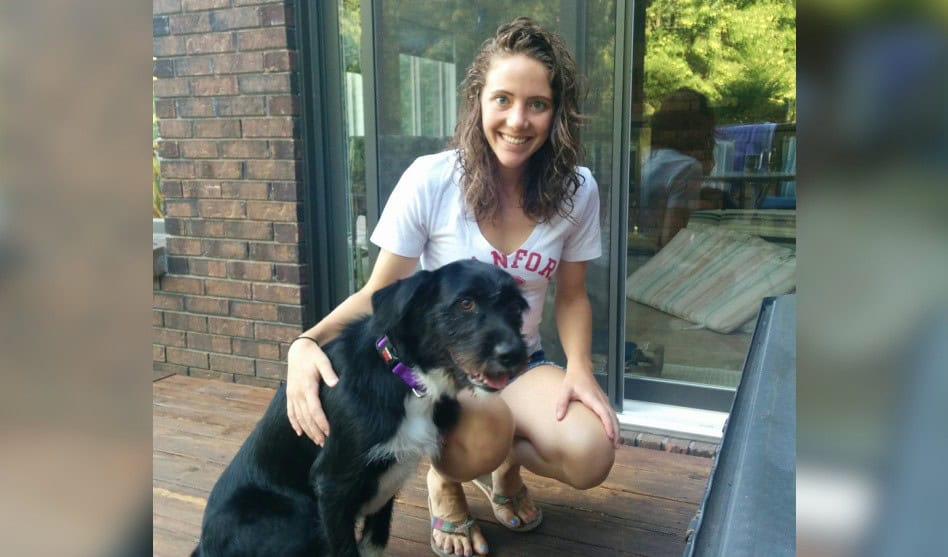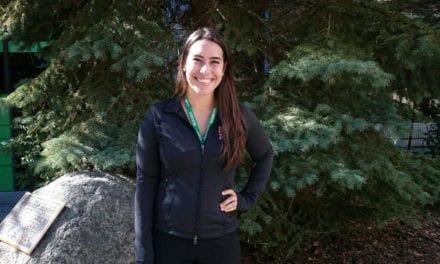Congratulations to HALO Research Coordinator Dr. Louise de Lannoy on the publication of one of the last papers of her thesis. The paper titled “Nonexercise Equations for Determining Change in Cardiorespiratory Fitness” was just published in Medicine and Science in Sports and Exercise. In the paper the authors explored whether change in estimated cardiorespiratory fitness (CRF; measured using a nonexercise fitness equation) was associated with change in measured fitness (measured via a maximal treadmill test) independent of exercise amount and intensity over a 24-week rigorously controlled exercise trial. They found that estimated CRF was associated with measured fitness independent of exercise amount but not intensity. Further analysis revealed that change in estimated fitness systematically over and underestimated small and large changes in measured fitness, respectively, in all groups.
Citation details and the paper abstract are below.
de Lannoy L, Ross R. Nonexercise Equations for Determining Change in Cardiorespiratory Fitness. Med Sci Sports Exerc. 2020 Jan 23. doi: 10.1249/MSS.0000000000002284. [Epub ahead of print]
Abstract
PURPOSE: To determine whether change in estimated cardiorespiratory fitness (eCRF) is associated with change in measured CRF (mCRF) independent of exercise amount and intensity over 24 weeks. METHODS: Participants were 163 sedentary adults with abdominal obesity (waist circumference: mean 109.9(SD; 11.5) cm) randomly assigned to: i) no-exercise control (n=42), ii) low-amount, low-intensity exercise (LALI; n=39), iii) high-amount, low-intensity exercise (HALI; n=51), iv) high-amount, high-intensity exercise (HAHI; n=31). mCRF was measured using a maximal treadmill test at baseline, 8, 16 and 24 weeks. eCRF was calculated using a published non-exercise equation with the following variables: sex, age, waist circumference, resting heart rate, self-selected physical activity. RESULTS:
Participants attended 115 of 120 exercise sessions prescribed (96.0 (4.0) % adherence). eCRF change from baseline to 8, 16 and 24 weeks was not different from mCRF change for control, LALI or HALI (P=.03). In HAHI, eCRF change was significantly greater than mCRF change at all time points (P<.001). Further analysis revealed that change in eCRF systematically overestimated and underestimated small and large changes in mCRF, respectively, in all groups (P<.001). CONCLUSION:
eCRF change was associated with mCRF change at 24 weeks independent of exercise amount but not intensity. Systematic variation between eCRF and mCRF highlights a possible limitation when using eCRF to follow change in mCRF, specifically, that eCRF does not capture the individual variability of the mCRF response.




